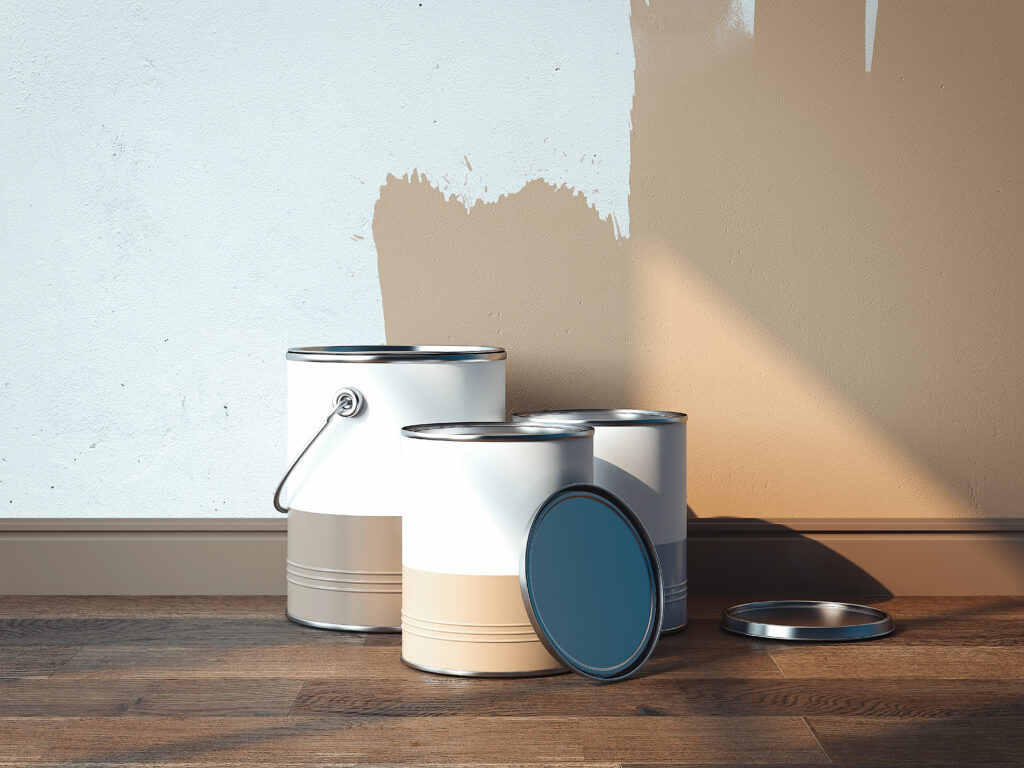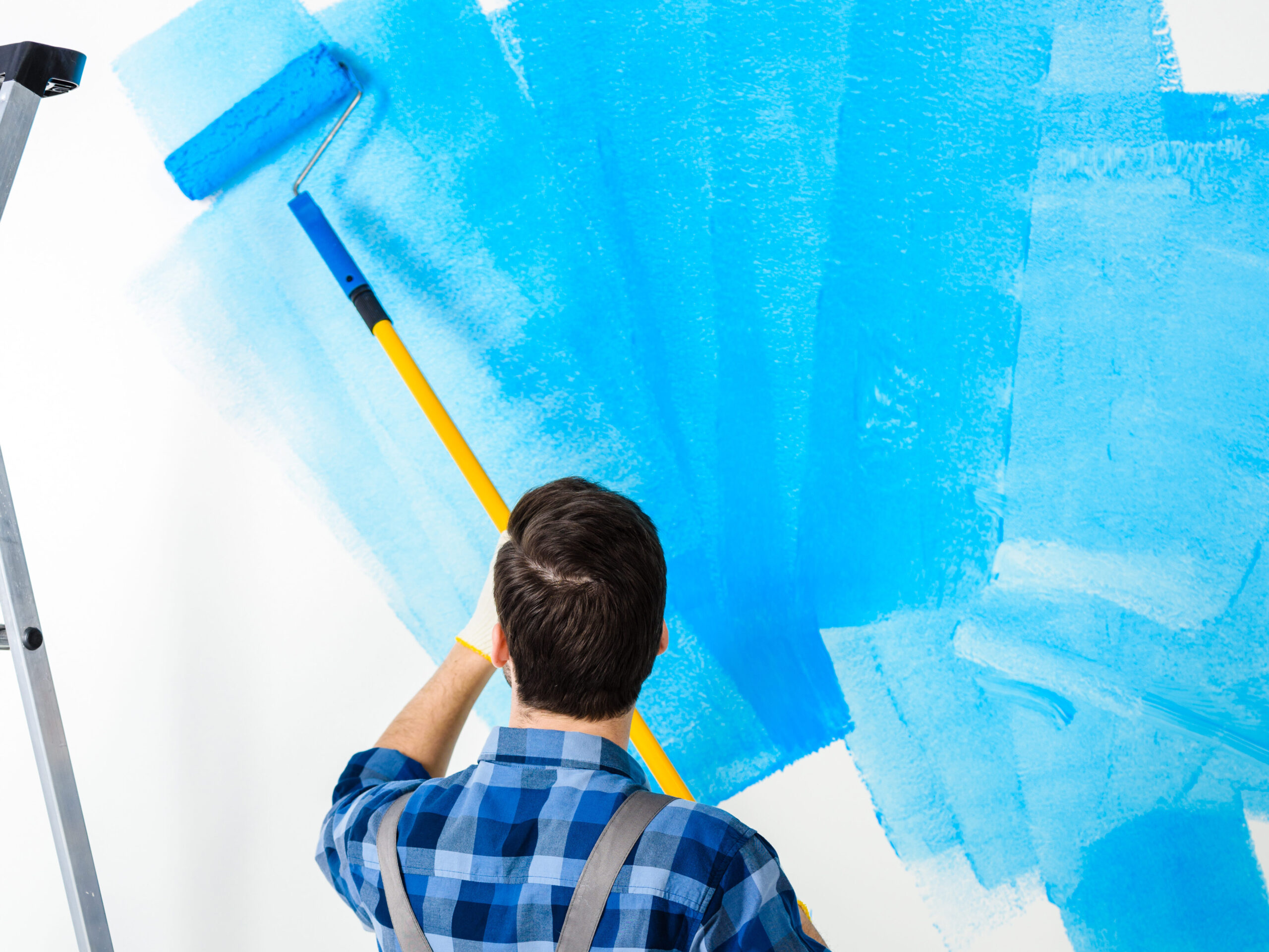
Remodeling provides an exciting opportunity to upgrade your home. However, with that excitement comes the chance for costs to spiral beyond what you planned for. Whether you’re updating a bathroom or undergoing a full kitchen renovation, one wrong move or impulsive decision can mess up your budget and knock you off schedule. Here are some of the most common remodeling mistakes that can blow your budget and how to avoid them.
1. Underestimating the Total Cost
Many homeowners rely on ballpark estimates or optimistic online calculators, which may not factor in labor costs, permits, materials, design fees, and contingency costs. Always create a realistic budget that includes all these factors and at least 10-20% extra for unexpected expenses.
Tip: Consider getting a bid from a licensed contractor who is known for quality and has appropriate experience.
2. Skipping a Detailed Plan
Jumping into a renovation without a solid plan can lead to unnecessary stress, spiraling costs, expensive mistakes, and pricy mid-project changes. Every detail — from materials to finishes to plumbing layouts — should be decided on before you start demolition. A detailed plan will also help you stay within budget when the typical issues and unforeseen challenges arise.
Tip: Create a detailed project plan and timeline. Use budget apps or software to help you stay organized and track changes.
3. Changing Your Mind Mid-Project
Making design changes after construction begins almost always leads to delays and added expenses. Every alteration can trigger a domino effect — new permits, reorders, and extra labor costs.
Tip: Tip: Finalize all decisions during the planning phase and resist the urge to “tweak” things during execution.
4. Ignoring Permits and Building Codes
You take a big risk when you skip permits in order to save time and money. If your remodel fails inspection or has to be redone, you may have to pay fines and spend more money, using up what you saved. You can also hurt your resale value and complicate insurance claims.
Tip: Always check with your local municipality or work with a contractor who handles the permitting process.
5. Choosing Trend Over Timeless

You may love your trendy finishes now, but they can quickly go out of style, leaving you with an outdated kitchen, bathroom, or living room you may not like in a few years. Trendy touches may also cost more than classic alternatives. That popular backsplash you found online may also hurt your home’s resale value down the line.
Tip: Aim for timeless design in permanent fixtures and add trendy, personal touches with small, easily replaceable accessories to avoid making mistakes you regret down the line.
6. Hiring the Wrong Contractors
Never choose a contractor based solely on the price, or skip background checks. Poor or little research can lead to subpar work, delays, and surprise costs from inexperience or miscommunication.
Tip: Always check references, licenses, insurance, their portfolio, and reviews. Don’t skip the contract — ensure everything is in writing. You should also ask plenty of questions, so you and the contractor are on the same page.
7. DIYing Beyond Your Skill Level
Doing renovations can help you save money. However, doing electrical work, plumbing, or structural work when you don’t have the experience can create a dangerous situation or require expensive professional corrections.
Tip: Remodeling provides a great chance for you to develop or refine your skills. However, know your limits. Tackle cosmetic updates yourself and leave the complex jobs to the professionals.
8. Not Accounting for Living Expenses
Consider whether you will need to live elsewhere during the remodel, eat out more often, or rent storage space, as these costs can add up fast if you didn’t add them to your budget.
Tip: Include temporary living and lifestyle costs in your overall remodel budget.
9. Buying Cheap Materials
Cheap materials may save you money initially, but over time, you may experience warping, breaks, rough saw cuts, and other problems, causing you to replace things sooner than you would like or more often than expected.
Tip: If you want to save money, consider cutting items that won’t impact the overall design or structure of the space you are remodeling, such as hardware or backsplash. These can be added later when you have the funds.
Avoid These Mistakes to Save Money During Your Next Remodel

Remodeling can breathe new life into your home and even boost its value. However, the process is full of potential financial pitfalls. From poor planning and impulsive design changes to hiring the wrong contractor or overlooking hidden costs, you can easily make mistakes and blow passed your set budget.
The key to staying on track is preparation: know what you want, plan thoroughly, set a realistic budget, and work with trusted professionals. By avoiding these common remodeling mistakes, you’ll not only save money but also save yourself a lot of stress.






